How to fly a perfect soft field approach and landing
Flight Training Central
DECEMBER 4, 2023
The approach for the soft-field landing is similar to the normal approach. The major difference between the two is that a degree of power is used throughout the level-off and touchdown for the soft-field landing so as to control the descent rate all the way to touch down. VS0 should be used.

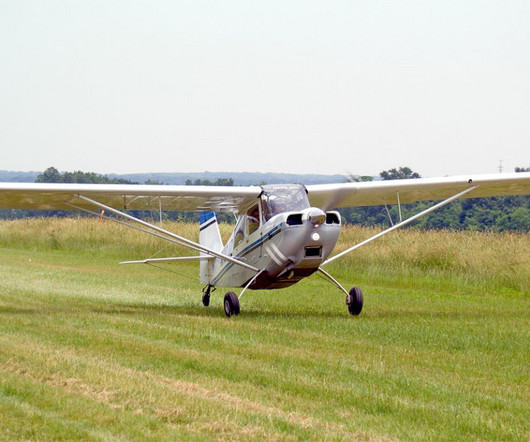




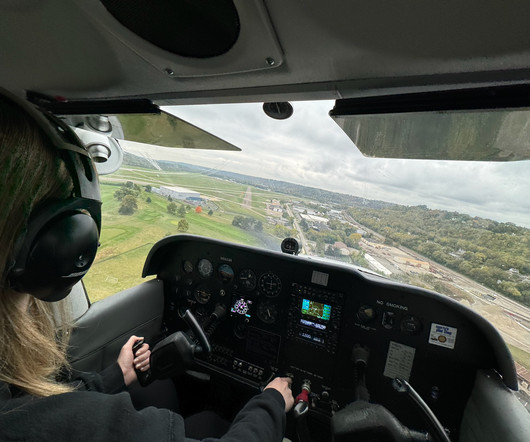
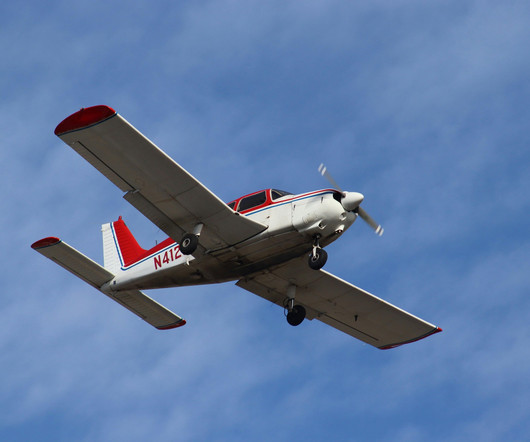

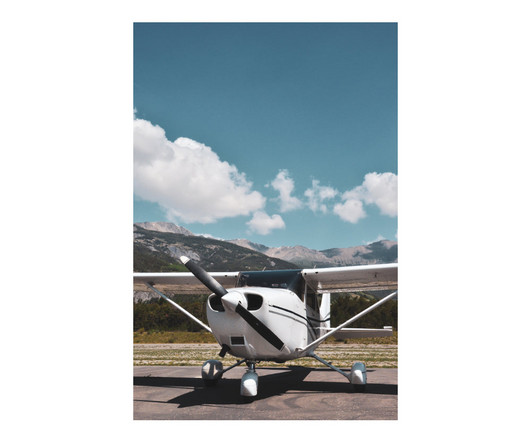
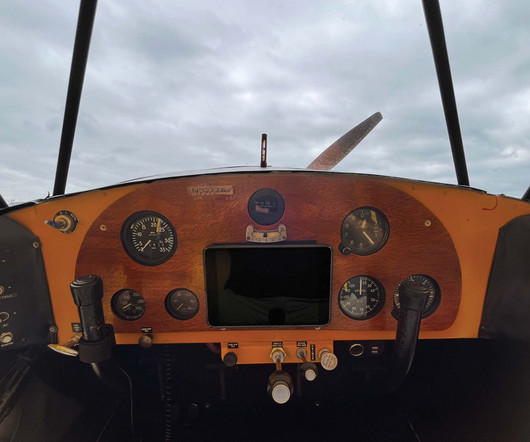
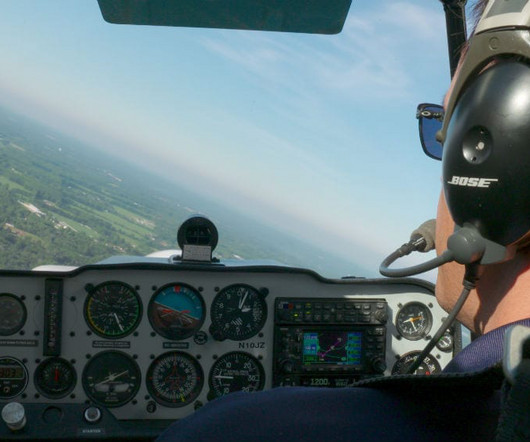












Let's personalize your content